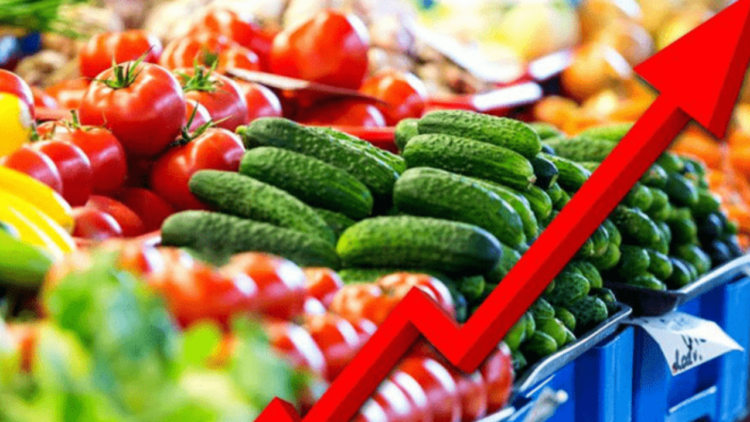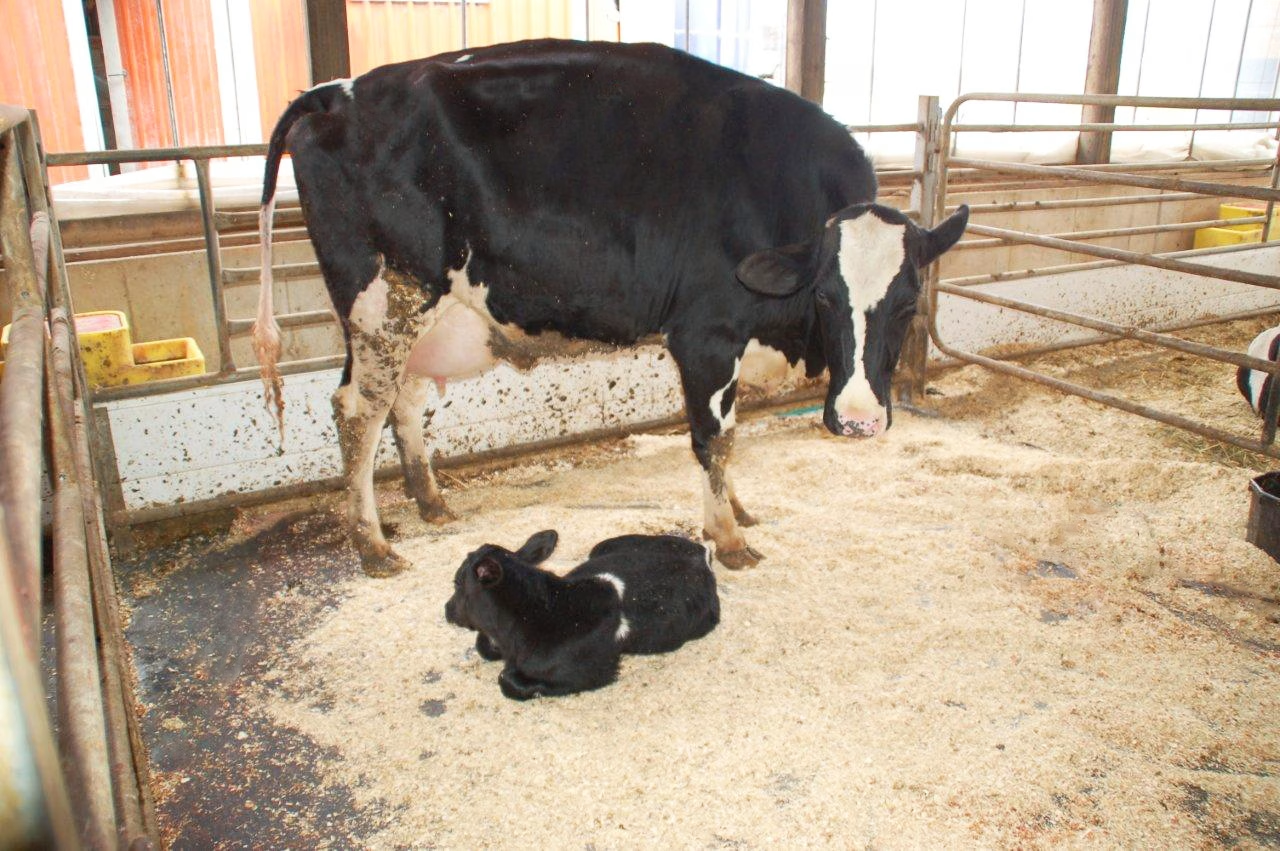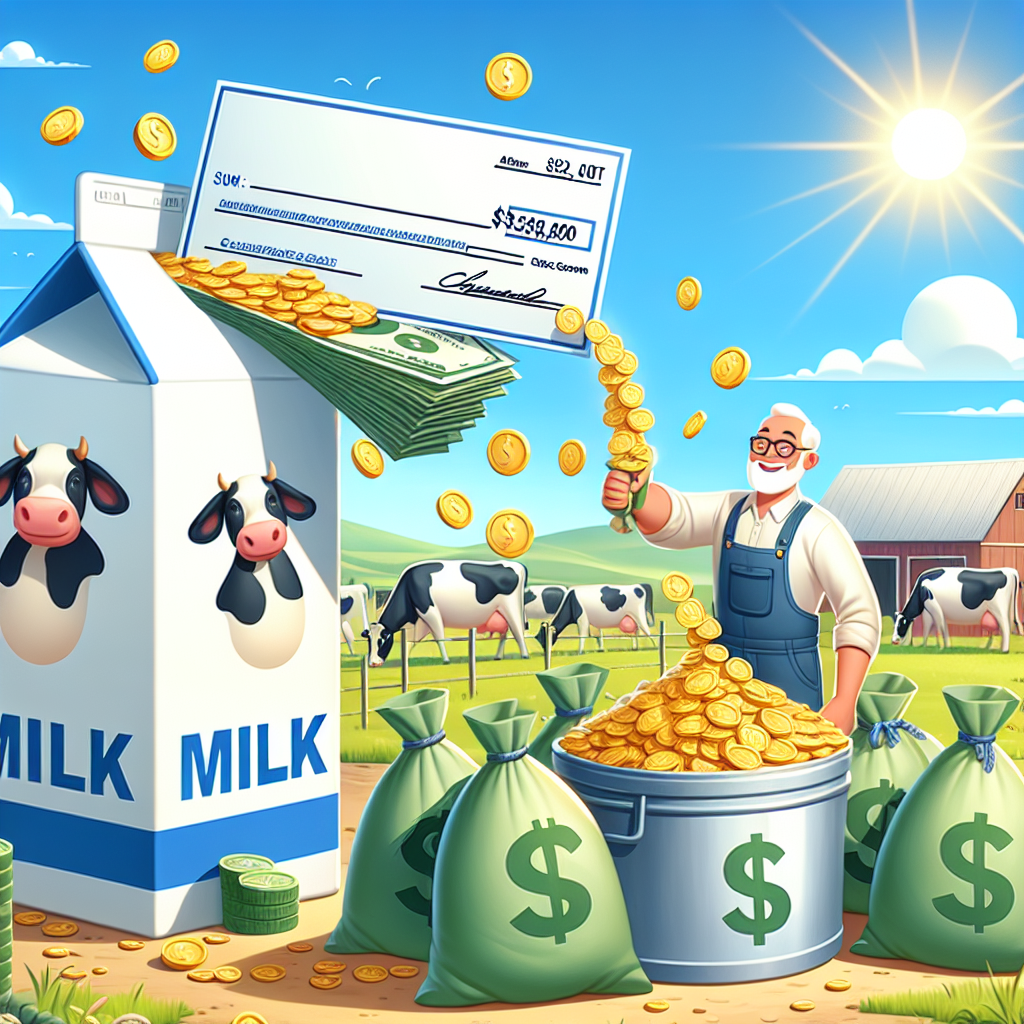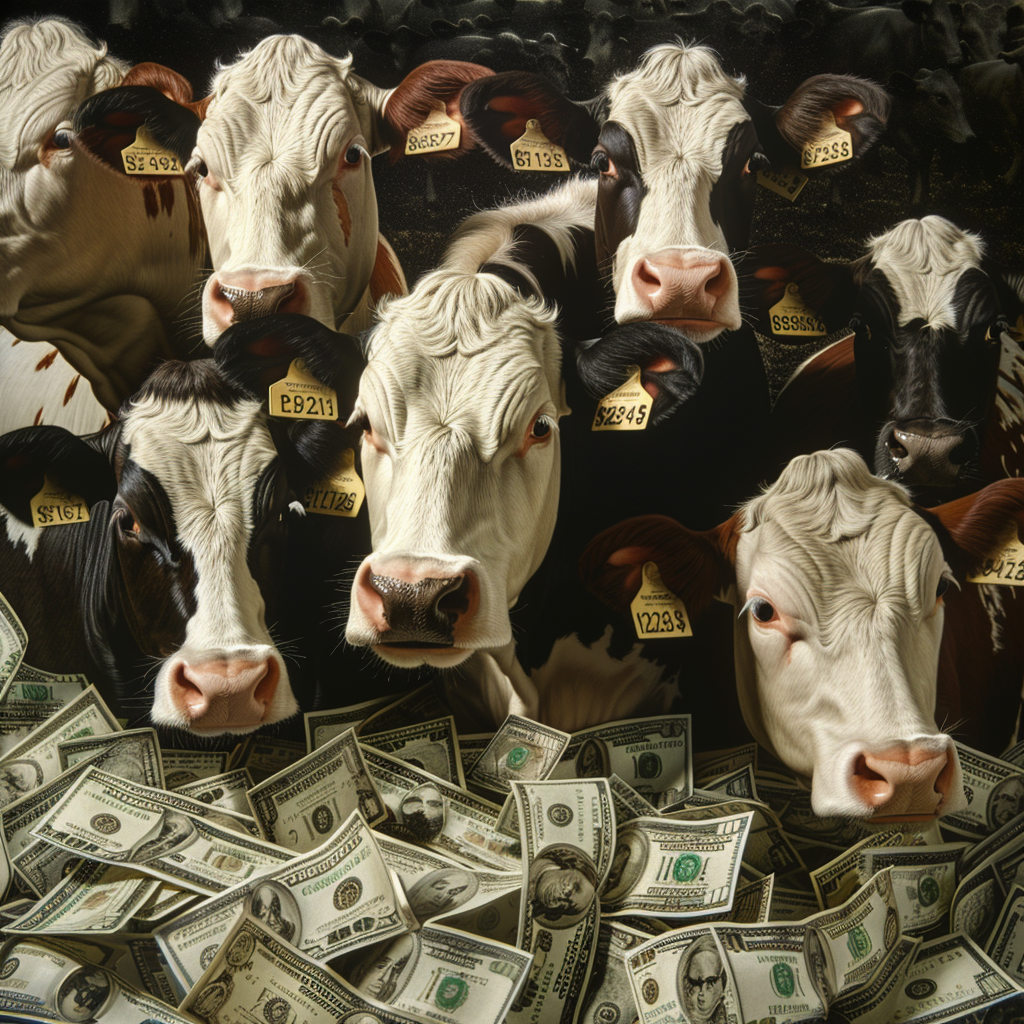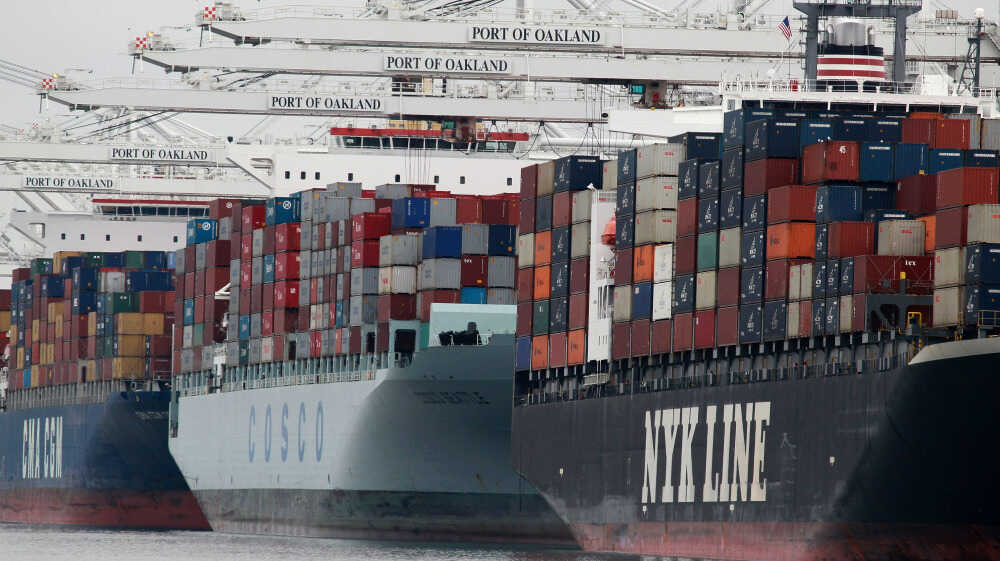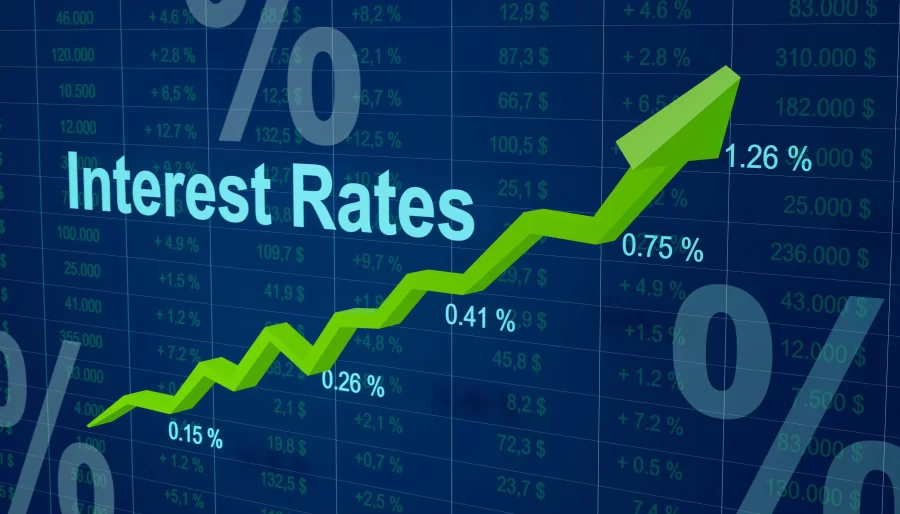Learn why feed prices are rising and how it impacts dairy farms. Are you ready to adapt and improve profits?
Summary:
The agriculture market is experiencing unexpected shifts, highlighting the impact on dairy farmers as corn futures rise with increased ethanol and export demand while soybean prices decline. This dynamic alters feed costs and dairy profitability, as noted by Frazer, LLP’s findings of lower feed expenses in California. Balancing feed costs and milk revenue is crucial, urging farmers to adapt to changing market conditions. Global demand and policies affect grain and soybean meal price fluctuations, requiring flexibility from dairy farmers to navigate these evolving challenges.
Key Takeaways:
- The rebound in feed prices reflects a complex interplay of increased corn demand and cheap global market positioning.
- USDA’s recent World Agricultural Supply and Demand Estimates (WASDE) reports indicate a significant upswing in ethanol production, contributing to the higher corn demand.
- Despite corn’s price rally, U.S. corn remains competitively priced internationally, attracting foreign buyers eager to anticipate potential tariff increases.
- While soybean projections remain unchanged, expected soybean and soybean meal price reductions signal market adjustments.
- Lower feed costs have financially relieved California’s dairy producers, a crucial factor in offsetting marginally reduced milk revenues.
- Feed cost reductions have become a vital economic lever, helping dairy farmers stabilize their profitability in a volatile market landscape.
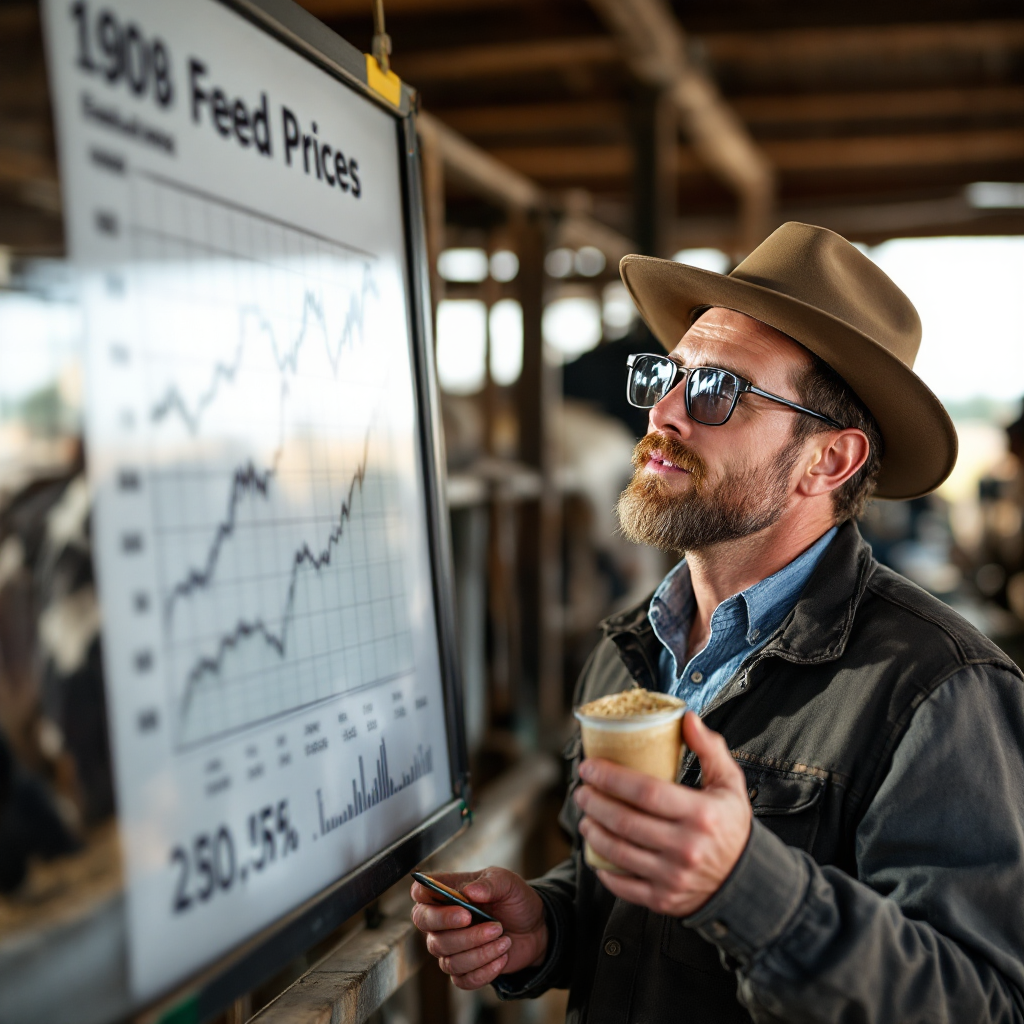
Feed prices play a pivotal role in the financial well-being of dairy farmers, serving as a significant expense that directly influences their bottom line. Recent fluctuations in grain and soybean meal prices signify more than just a market adjustment; these changes could profoundly impact the industry. The increase in corn consumption, primarily due to ethanol production and exports, as noted by the USDA, underscores the intricate mix of local and global demands affecting the market. Understanding these trends is crucial for dairy farmers to navigate challenges. We delve into the factors driving feed price rebounds, including ethanol demand, crush margins, and trade policies, and their implications for feed costs and profitability in the dairy sector.
As dairy farmers face the challenge of fluctuating feed prices, it’s crucial to stay informed about the current market conditions. Understanding these changes can help you make informed decisions for your operations. Here is a snapshot of the current feed prices that are shaping the economic landscape for dairy producers:
| Feed Type | Price (USD) | Change (%) |
|---|---|---|
| Corn | $5.94/bu | +7% |
| Soybean Meal | $310/ton | -3% |
| Alfalfa Hay | $250/ton | +2% |
Markets in Flux: Navigating the Corn and Soybean Price Swings
Corn and soybean prices have changed lately, affecting feed costs and dairy farmers’ earnings. The USDA’s latest report gives essential insights into these changes. Corn prices have increased thanks to increased demand for ethanol and exports. This matches a recent 7% rise in corn futures. On the other hand, soybean prices haven’t increased the same way. The USDA expects soybean prices to drop to $10.20 per bushel, down from previous estimates [USDA WASDE report, December 2024].
This has two sides for dairy farmers. Lower soybean prices mean cheaper feed costs, which help reduce expenses. According to Frazer, LLP, feed costs dropped by 20% in places like California’s Central Valley from last year. However, the rise in corn prices has taken away some of these savings. Still, overall feed costs are lower than in past years, providing some protection against lower milk prices [Frazer, LLP].
In essence, there’s still an ample supply of grain available, keeping feed costs manageable. However, dairy farmers must proactively innovate in sourcing feed and controlling costs to stay profitable. Making sound decisions about feed and costs is more important than ever to leverage current market conditions.
Fueling the Grain Game: The Ethanol-Corn Connection
Several key factors have led to the recent increase in feed prices, especially for corn. A significant reason is the higher demand for corn related to ethanol production. Ethanol output has jumped by 4% from the previous year, increasing how much corn is used in the US. Ethanol is essential for energy production, keeping demand strong despite changing market conditions. Also, US corn prices are currently the cheapest in the world. This has encouraged international buyers to buy up American corn, expecting possible future trade issues or tariffs. This international demand is adding extra pressure on the US corn supply chain.
Another factor affecting the rise in feed prices is the complicated global market situation. Even with an intense US dollar making exports pricier, the low price of US corn has still drawn in foreign buyers. This was unexpected because a strong currency usually limits exports. Moreover, the USDA has adjusted its corn demand predictions, showing a more significant need for ethanol and exports, which together tighten supply. These factors work together, creating a loop where more demand for corn increases ethanol production and exports, keeping the cycle going and stabilizing prices.
While the future is uncertain due to factors like possible tariff changes and weather effects, these current conditions have sparked the rise in feed prices. This shift has changed the economic scene for dairy producers and feed suppliers, requiring new strategies for buying feed and managing costs.
The Double-Edged Sword of Rising Feed Prices: Challenges and Opportunities for Dairy Farmers
The rebound in feed prices is both a challenge and a chance for dairy farmers. As corn prices increase, farmers face higher costs, which affects their thin profit margins. As feed prices rise, the pressure on dairy farmers’ profit margins increases. Therefore, they must manage their feed more strategically.
On the bright side, this also opens doors for better planning and new ideas. Farmers can use new technologies and methods to use feed more wisely and ease the financial burden. We’re looking into precision farming techniques to get more value from every bushel. These changes might help with the price increases by boosting productivity, offering a beacon of hope in the face of rising feed prices.
Market changes can also offer opportunities for innovative buying strategies. For example, locking in prices now through futures contracts might help protect against future price swings. As dairy farmers adjust to these changes, their ability to innovate and use innovative financial tactics will be key.
The current situation underscores the importance of dairy farmers closely monitoring agricultural policy changes and market trends to predict future feed costs better. This vigilance can help them safeguard their farms and identify hidden opportunities in market changes.
Strategic Maneuvers: Navigating Feed Price Volatility for Dairy Farmers
In the unpredictable world of feed prices, dairy farmers need innovative strategies to stay profitable. One suitable method is forward contracting. Farmers can protect themselves from unexpected price jumps and manage their budgets better by locking in feed prices ahead of time. This helps keep feed costs steady, even when the market changes.
Another way to control costs is to diversify feed sources. By using different feeds, such as byproducts or local forage, farmers can rely less on regular grains like corn and soybeans. This reduces the impact of price spikes and can also improve the diet of dairy herds.
Another option is to invest in feed efficiency technologies. Tools like precision feeding systems and digestibility enhancers help get the most from feed, ensuring each pound aids milk production. This saves resources and supports environmental goals essential for today’s farming.
As the market changes, dairy farmers should stay flexible and review their operations for improvement opportunities. Working with agricultural advisors or joining cooperative buying groups can offer helpful insights and shared experiences to help farmers better manage feed costs. By staying informed and adaptable, farmers can handle the ups and downs of feed prices, instilling a sense of reassurance and confidence.
Policy Puzzles: Navigating the Web of International Trade and Agriculture
Government policies and international trade agreements significantly impact feed prices. Tariffs, subsidies, and import/export quotas can change global market supply and demand.
The US government has recently started renegotiating trade agreements with key grain-importing countries. These talks aim to secure better deals for American farmers, making them more competitive globally. However, these agreements can have mixed outcomes. Lower tariffs may boost exports but lead to more foreign competition, which might keep domestic prices from rising too much.
New legislation focused on sustainable farming and carbon emissions could also change the market. The USDA’s plans to promote carbon capture in farming could affect production costs and, in turn, feed grain prices. While these environmental policies are essential for long-term sustainability, farmers may need to make short-term changes as they adopt new methods.
Moreover, international relations greatly influence market stability. Tensions with countries like China, a major buyer of US corn and soybeans, can quickly alter buying habits and impact feed prices. The recent easing of tensions with China suggests possible growth in export demand, which could raise prices if it continues over time.
Looking at future trends, it’s clear that policy changes at both domestic and international levels will continue to affect feed prices. As governments manage trade deals, environmental issues, and economic policies, dairy farmers and industry players must stay alert to possible shifts. Staying informed is crucial for adapting to these changes and maintaining profitability in a volatile global market.
Gazing into the Crystal Ball: Charting the Course of Feed Prices for the Dairy Sector
As we look to the future of feed prices, the data shows a complicated situation for the dairy industry. The rise in grain prices, especially corn, hints at changes that dairy farmers and their suppliers must monitor. With the USDA’s update on corn demand and strong ethanol production, pressure could soon impact feed prices.
One possible outcome is a rise in grain prices as global demand grows. The limited supply may increase if foreign buyers continue to focus on cheap US milk. Dairy farmers must adjust their input costs and consider the varying milk revenue. Cost management strategies, like improving feed efficiency and examining different feed sources, could help manage costs.
Another possibility is that prices stay the same. This would give dairy farmers a break and allow for better financial planning. Watching international trade and currency secure favorable feed contracts and set prices ahead of any volatility.
An unlikely but possible outcome is a drop in feed prices due to unexpected surpluses or policy changes. Changes will be necessary, but farmers can benefit from market information. In this case, dairy farmersbullvine.com could benefit from lower input costs, leading to better profits. However, this scenario requires careful optimism; producers must be alert and ready to adapt if prices rise again.
As the future of feed prices unfolds, taking proactive steps and planning will be crucial. Dairy farmers should think about scenario planning and strengthening their operations. Joining knowledge-sharing groups and staying informed with reliable market insights can help the dairy industry handle these uncertain times. Preparing for possible changes ensures the industry is not unprepared when shifts happen.
The Bottom Line
Understanding the changing patterns of feed prices is essential in farming markets. Corn prices are increasing, and the market still requires attention even though soybean prices are stable. US corn is popular globally because it is cheap, even with a strong dollar. Ethanol demand influences this trend, bringing both opportunities and challenges for dairy farmers. Soybean markets are staying the same, showing the need for careful planning.
Lower feed costs can benefit dairy farmers, but they must remain alert. These insights can help them stay competitive. As markets change fast, individuals and companies must be flexible and well-informed.
How will you use this knowledge about feed prices to improve your strategies and make wise choices for a successful future?
Learn more:
- Big Milk Checks and Low Feed Costs: A Profitable Summer for Dairy Producers
- US Dairy Farmers’ Revenue and Expenditure rose slightly in March
- Rising Milk Prices and Lower Feed Costs Boost Profitability: May Dairy Margin Watch
 Join the Revolution!
Join the Revolution!
Bullvine Daily is your essential e-zine for staying ahead in the dairy industry. With over 30,000 subscribers, we bring you the week’s top news, helping you manage tasks efficiently. Stay informed about milk production, tech adoption, and more, so you can concentrate on your dairy operations.







 Join the Revolution!
Join the Revolution!